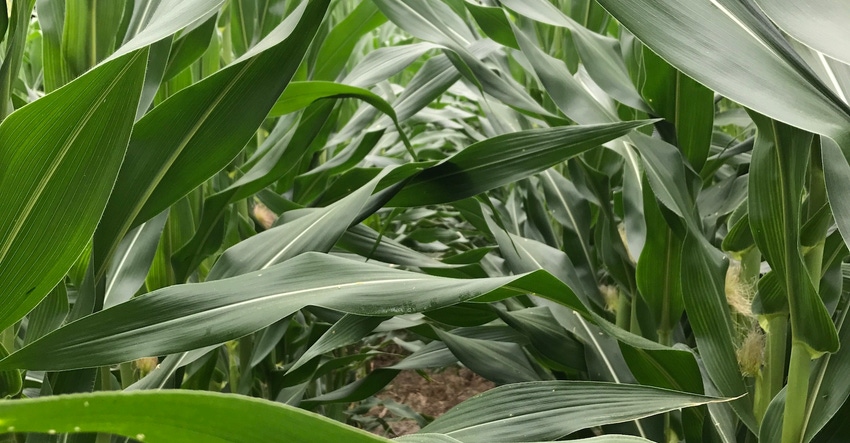July 22, 2016

High temperatures impacting a great swath of the United States. There are also some parts of the Midwest reporting a rainfall deficit.
If this hot and dry weather occurs during corn pollination and fertilization, negative effects on yield may be substantial. Yields may be reduced at any point in the growing season when water usage exceeds supply.
Early season drought stress
Early season drought stress may reduce total plant size, ear size, and the number of rows of kernels on the ear. However, as a rule, drought stress in the vegetative growth stage (up to V12) has minimal effect on final yield.
Pollination and fertilization
Impact on pollination and fertilization corn is most susceptible to stress during pollination and fertilization, with daily potential yield losses of three – eight percent. This period actually begins about two weeks prior to silk emergence, with a potential loss of up to 4 percent per day.
During silking and pollen shed, the losses can be as high as 8 percent per day, depending on the severity of the stress. In the two weeks following silking, losses can be as high as 6 percent a day if the stress continues.
Pollination for a corn plant is the process of conveying the pollen from the tassel to the ear silks. The germination of pollen grains on the silks results in a pollen tube that transfers genetic material to the respective ovules on the ear. The fertilized ovule will then become a kernel of corn.
Drought problems
Drought and heat stress may cause problems with this process by
1. Slowing silk emergence while accelerating pollen shed,
2. Desiccating silks to the point where they are no longer viable,
3. Killing pollen directly.
All of these issues may cause reduced kernel set or even a blank ear in extreme cases. While growers worry about the effects of extreme heat on the pollination process, the fact is that high temperatures should not severely affect pollination if there is adequate soil moisture.
Pollen shed occurs primarily in the morning when temperatures are relatively cool and the pollination process occurs over an extended period of time, with fresh pollen available each morning.
In addition, one corn plant can provide enough pollen to fertilize ten other plants, which helps to provide a natural buffer against stressful conditions. Producers who wish to obtain an early assessment of pollination can use the Ear Shake Technique described by Dr. Bob Nielsen (2016).
Late rainfall
Late rainfall events will not correct the damage caused by poor pollination and fertilization. Substantial losses can still occur during the early kernel development and grain fill stages, with losses of up to 5 percent per day as long as the stress remains. This may be due to aborted kernels and/or poor kernel development. The Bottom Line While we have no control over the weather, producers can manage for potential drought stress by using practices that conserve soil moisture and planting hybrids with a good overall stress tolerance.
In some cases, planting early maturing hybrids may allow pollination and early kernel development to take place prior to heat and drought conditions.
Originally posted by South Dakota State University Extension.
You May Also Like




